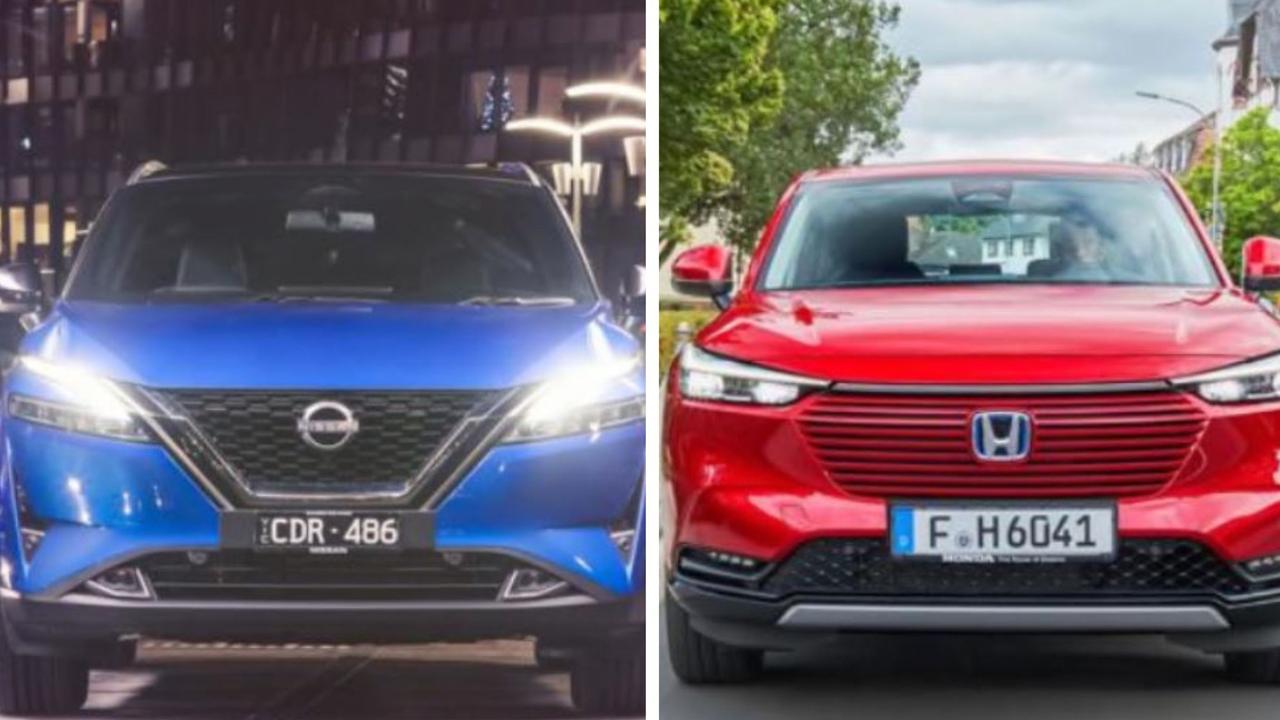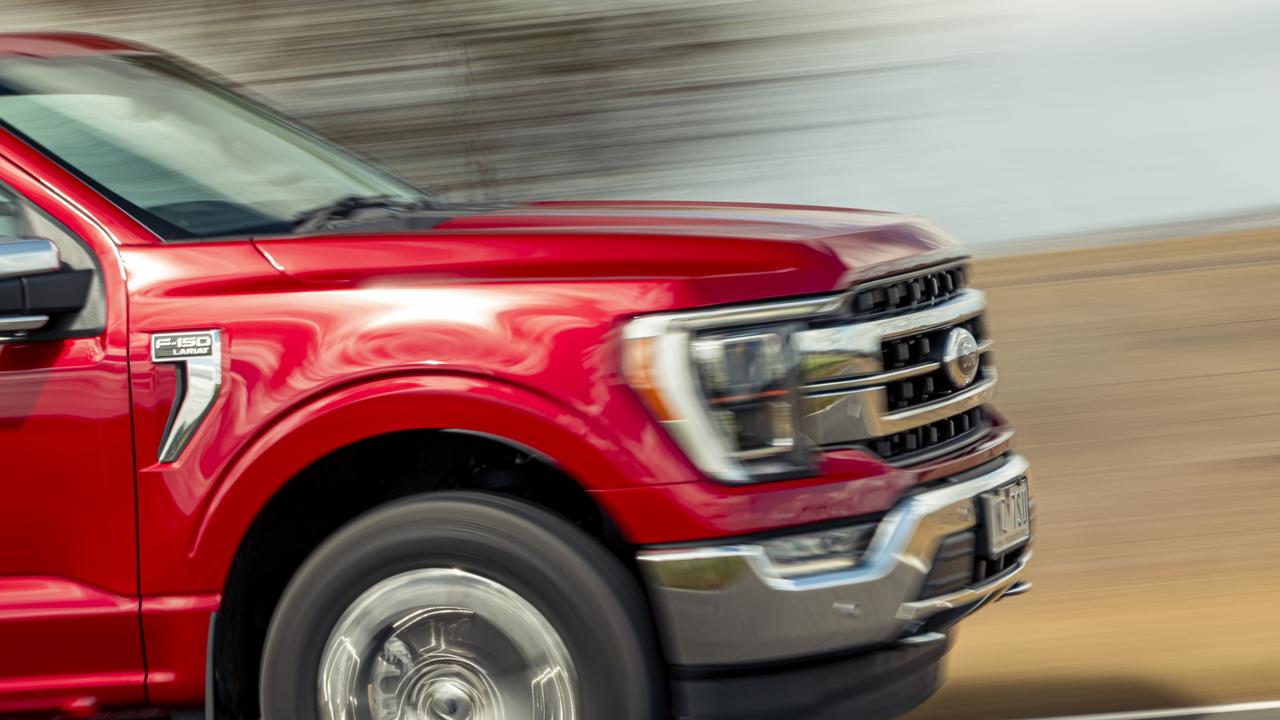Why kids could be saved by talking school buses
Wireless communication between school buses and cars could reduce the likelihood of kids being hit by vehicles.
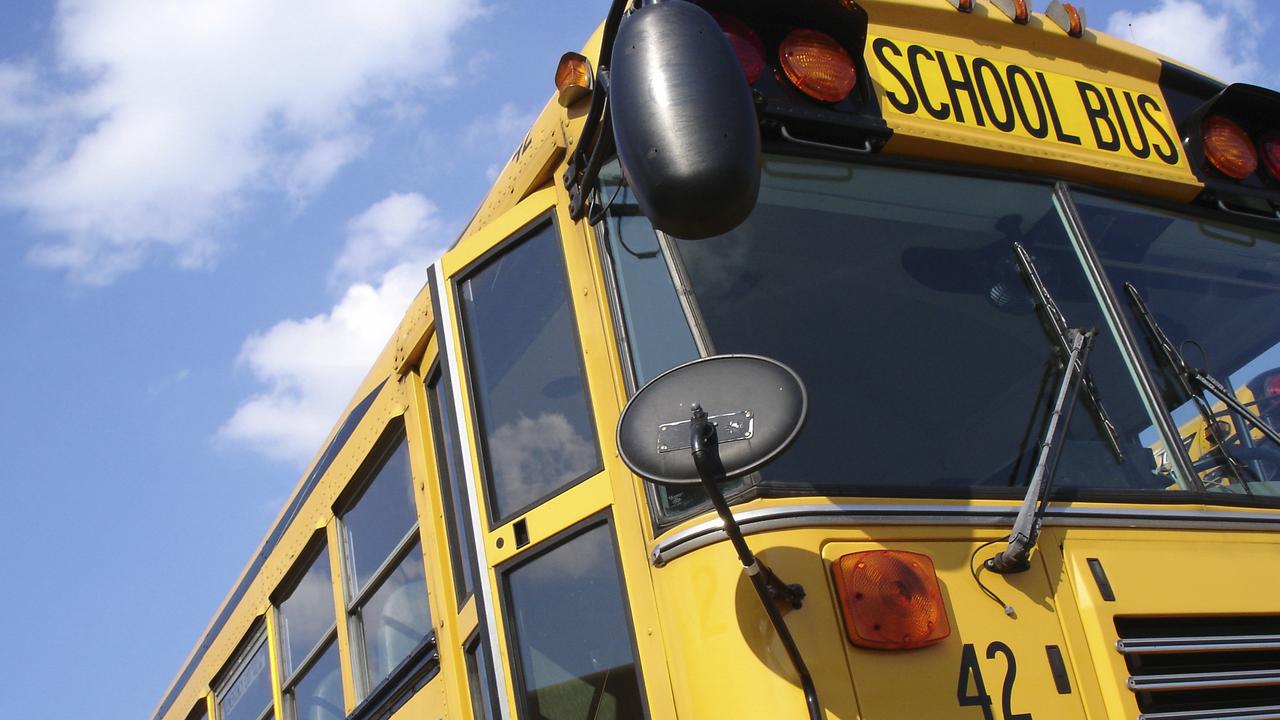
Wireless communication between school buses and cars could reduce the likelihood of kids being hit by vehicles.
“Car-to-car” and “Car-to-X” networks being developed in Australia and overseas will warn drivers of potentially hazardous situations.
In Australia, that means companies such as Lexus are working to establish links between cars and emergency vehicles to help drivers get out of the way of first responders.

In the US, Audi has started a trial with school buses in Atlanta.
School buses will be equipped with communications gear that broadcast signals to cars in the area. An Audi e-tron electric car fitted with special receivers can warn its driver to be careful when children are being picked up or dropped off at bus stops, to be careful of school zone speed limits, and wary of school bus movements.

The tech gives drivers advanced warning of potential hazards that may be out of sight on a winding road or in tricky weather.
It builds on developments such as “stop arm cameras” that send video footage cars speeding past American buses stopped in school zones to police, particularly in areas where traffic is not allowed to pass a school bus when students are disembarking.
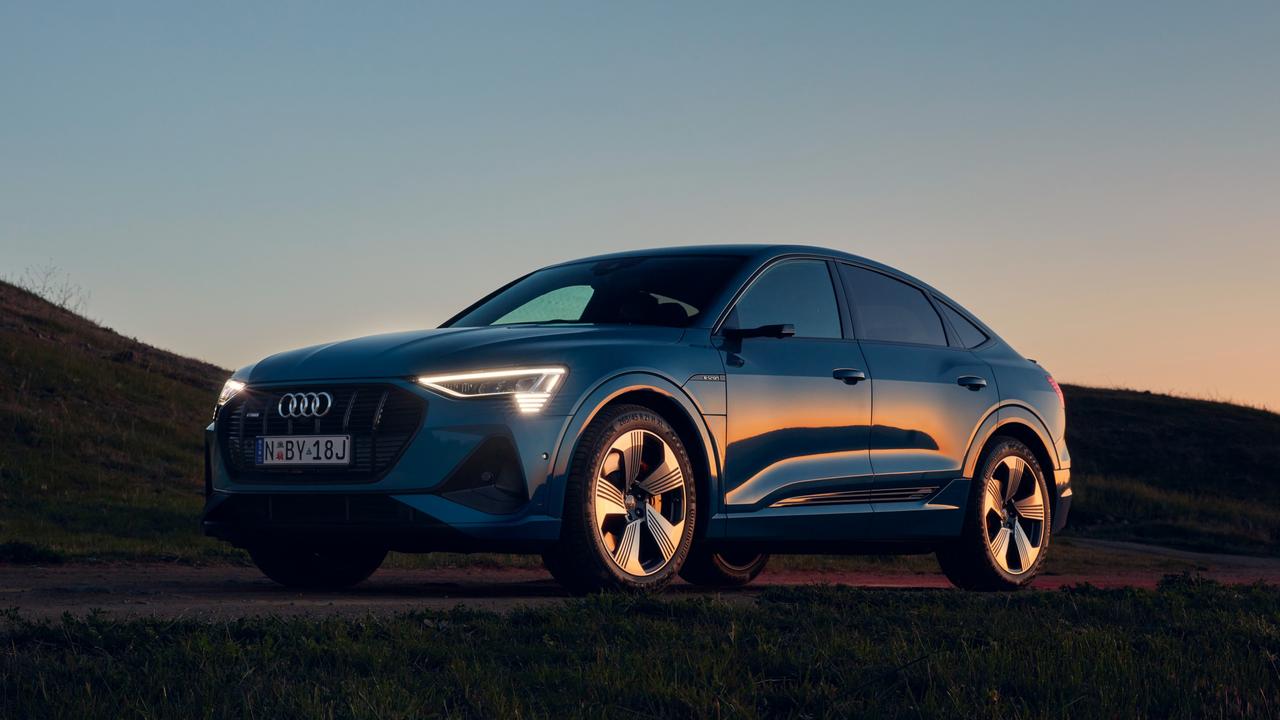
Trevor Rudderham, a senior vice president of product planning for the Blue Bird tech concern partnering with Audi, says the trial “can help prevent accidents during student pickup and dropoff, which is when students are most at risk”.
Around 131 children are killed and approximately 25,000 are injured each year walking to or from school in the US.
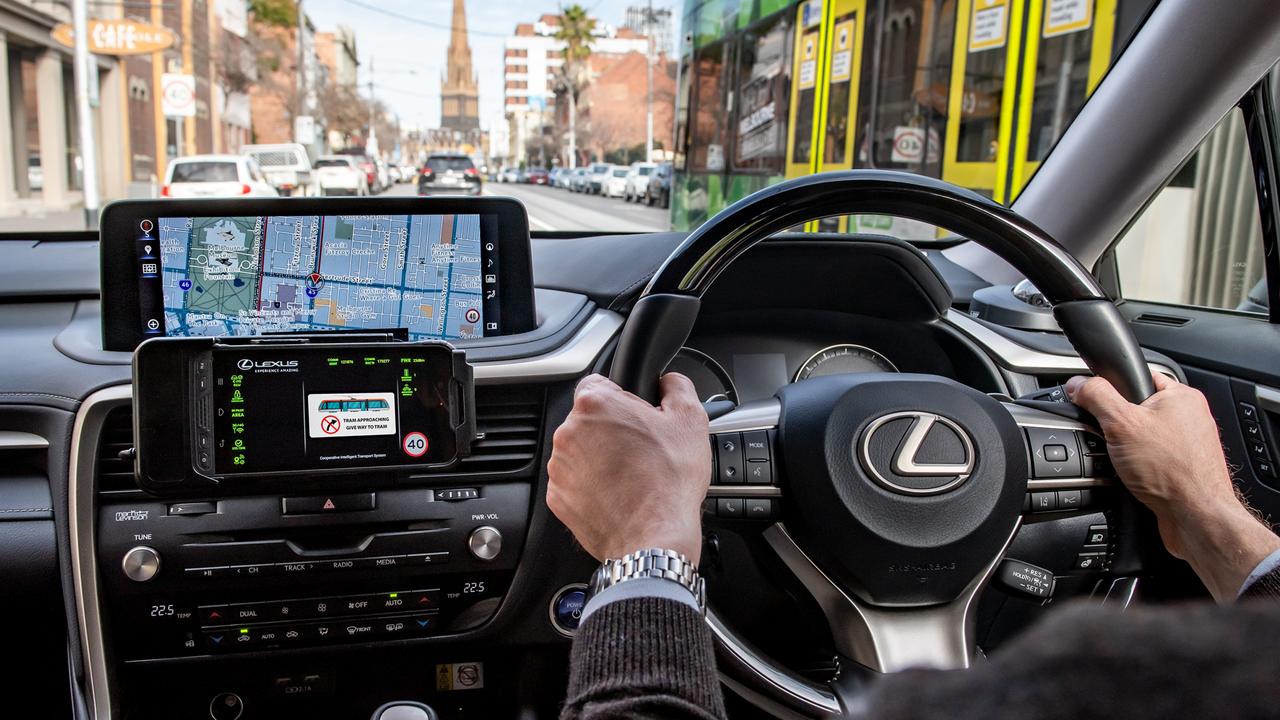
Australian statistics show about 25 to 30 children of primary school age are killed whilst pedestrians on Australian roads each year, with a further 600 to 700 admitted to hospital.

